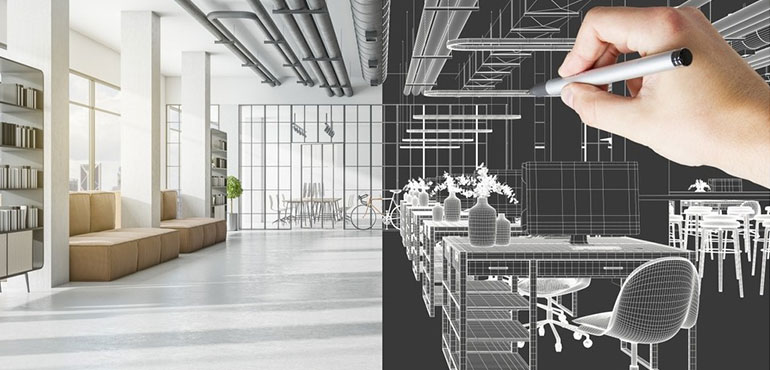Blog

THE FOUNDATION OF SUCCESS: IMPORTANCE OF PRE-PROJECT PLANNING IN INTERIOR DESIGN
Embarking on an interior design project is an exciting journey, but its success hinges on more than just aesthetic choices. The crucial foundation for a seamless and successful interior design project lies in thorough pre-project planning. This preliminary phase sets the stage for a well-coordinated, efficient, and ultimately satisfying design journey.
CLEAR PROJECT VISION:
Pre-project planning allows all stakeholders to align on the project's vision and objectives. It is the time to articulate goals, expectations, and the desired outcome. A clear vision ensures that everyone involved, from designers to clients, is on the same page, minimizing misunderstandings and potential roadblocks down the line.
BUDGETING AND RESOURCE ALLOCATION:
One of the primary benefits of pre-project planning is the opportunity to establish a realistic budget. By carefully evaluating the scope of work, material costs, and labor expenses, designers can create a budget that accommodates the client's expectations while staying within practical financial constraints. Efficient resource allocation ensures a smoother project trajectory.
TIMELINE MANAGEMENT:
Time is of the essence in any interior design project. Through pre-project planning, designers can create a detailed timeline, outlining milestones, deadlines, and the overall project duration. This proactive approach helps in managing client expectations, coordinating with contractors, and mitigating potential delays.
RISK MITIGATION:
Every project comes with its set of uncertainties. Pre-project planning involves a comprehensive risk assessment, identifying potential challenges and devising strategies to address them. This proactive approach minimizes the likelihood of unexpected issues derailing the project and allows for quick, informed decision-making if challenges do arise.
COLLABORATION AND COMMUNICATION:
Interior design projects involve collaboration between various stakeholders, including designers, contractors, and clients. Effective communication is paramount, and pre-project planning provides the opportunity to establish communication channels, expectations, and feedback mechanisms. A well-communicated plan fosters a collaborative environment that is conducive to creativity and problem-solving.
COMPREHENSIVE DESIGN CONCEPT:
Pre-project planning is the phase where the design concept takes shape. It involves the selection of color schemes, materials, and overall aesthetics. By finalizing these details early on, designers can ensure a cohesive and unified vision that guides the entire project.
Office interior design in Nashik and Pune.
In conclusion, the importance of pre-project planning in interior design cannot be overstated. It lays the groundwork for a successful, well-executed project by establishing a clear vision, managing resources, and mitigating risks. Thorough planning sets the stage for a collaborative and communicative environment, where all stakeholders work in harmony to bring the design vision to life. Investing time and effort in pre-project planning is not just a preliminary step; it is the key to unlocking the full potential of a successful interior design project.
